
We discuss the insights from Electricity Supply Monitoring Initiative (ESMI) across different locations from India in this post. ESMI is an effort by Prayas (Energy Group) since 2015, to provide evidence-based feedback about the quality of supply to all stakeholders in the electricity sector. Under ESMI, specially designed IoT enabled voltage monitors are deployed at several consumer locations across India to develop a reliable database on supply interruptions and voltage levels. The minute-wise voltage data collected through ESMI is available in the public domain on watchyourpower.org and the Harvard Dataverse.
In the previous blog posts, we shared analysis of data on supply quality parameters in the states of Uttar Pradesh and Maharashtra. It provided insights on supply quality variations captured by ESMI across the states in different megacity, semi-urban (other municipal areas) and rural areas in those states. In this blog piece we share similar analysis for different locations across the country which further highlights the variations in electricity supply experienced across several locations. A few of these stories also show how the possibility of measurement itself has helped volunteers from these locations.
In the next blog piece, we will also detail several academic studies, research ideas where sector actors, media and consumer activists have used ESMI data to highlight the supply quality issues in India.
Good Electricity Supply
ESMI data shows that most megacities receive good quality of electricity supply. Barring few instances of supply outages either planned or unplanned, overall supply is close to 24 hours in most of these cities. However, there are pockets of high population density with low consumption or newly developed areas which continue to see supply outages which mostly arise due to distribution network challenges in such areas. The following charts show supply quality parameters measured in Delhi and Mumbai. It is evident that ESMI locations in these cities rarely experience any power outages and voltage fluctuations.
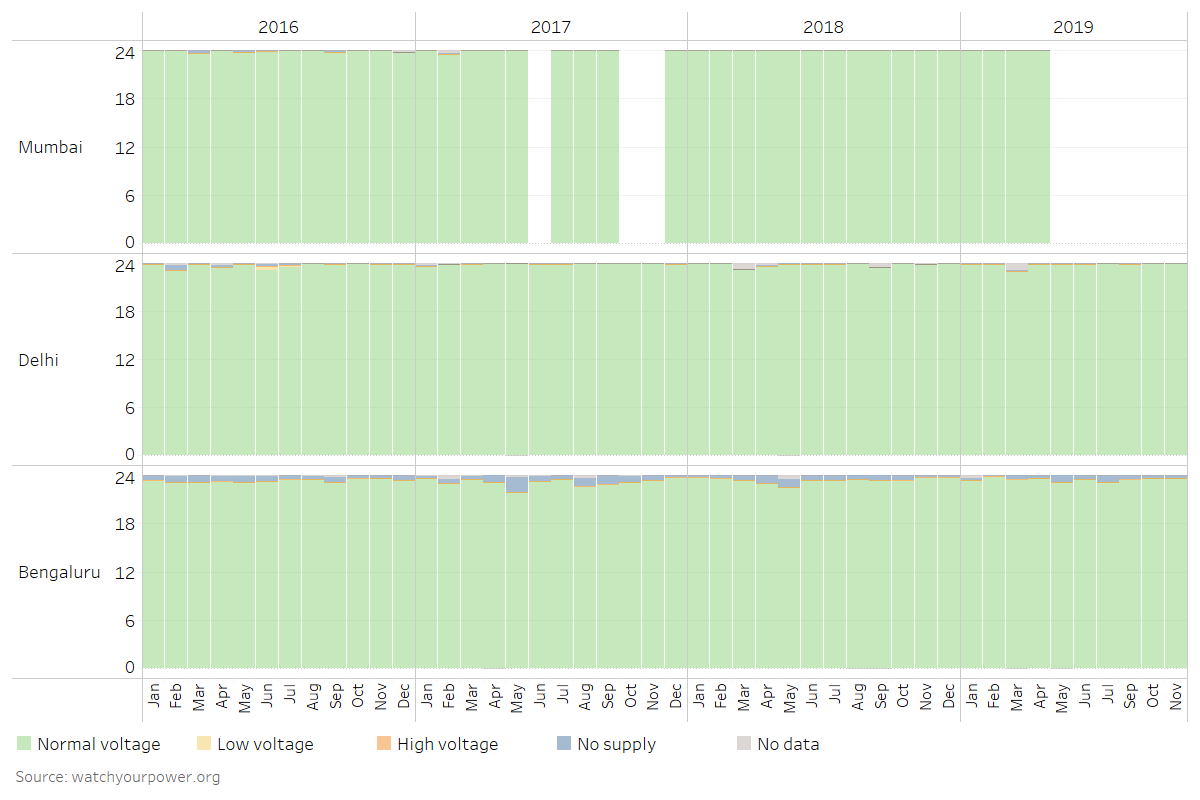
Figure 1: Good quality of Supply at locations in Megacities Mumbai, Delhi, and Bengaluru
At the same time, it is interesting to note that supply quality in all megacities don’t show the Mumbai, Delhi or Pune patterns. For example, megacities like Bengaluru, Chennai, Jaipur or Lucknow report at least 3-4 times higher number of interruptions as compared to Mumbai or Delhi. More reports and details of these analysis can be found on the ESMI website watchyourpower.org
Bad electricity supply
As we start moving away from megacities or urban centers with high economic activities, we observe that supply quality starts degrading. Barring a few other municipal areas like Baramati in Maharashtra, Bhopal in Madhya Pradesh, Guwahati in Assam or Chandigarh in Punjab most other locations monitored by ESMI show poor electricity supply quality. Most locations show either a high number of short interruptions or a high number of long duration outages which vary significantly across seasons and even voltage quality issues in some instances.
Here is a supply quality profile of an industrial unit in MIDC, a designated industrial development area in Maharashtra. One may wonder what the issue is, since the chart shows relatively good quality of supply. The supply quality profile is for an industrial unit in the Akola MIDC area which manufactures plastic sealable bags. The process of manufacturing such a product is end to end i.e., beginning with raw plastic to final sealable bag. Any power interruption disrupts the whole process by causing numerous issues such as blocking the molten plastic in the feeder, heating the raw plastic for way too long till it burns, or drying out the final stage plastic. This particular industry was setup in an MIDC area as MSEDCL assures 24*7 uninterrupted power supply in these areas. However, the industry experiences several production losses owing to short interruptions and supply outages.
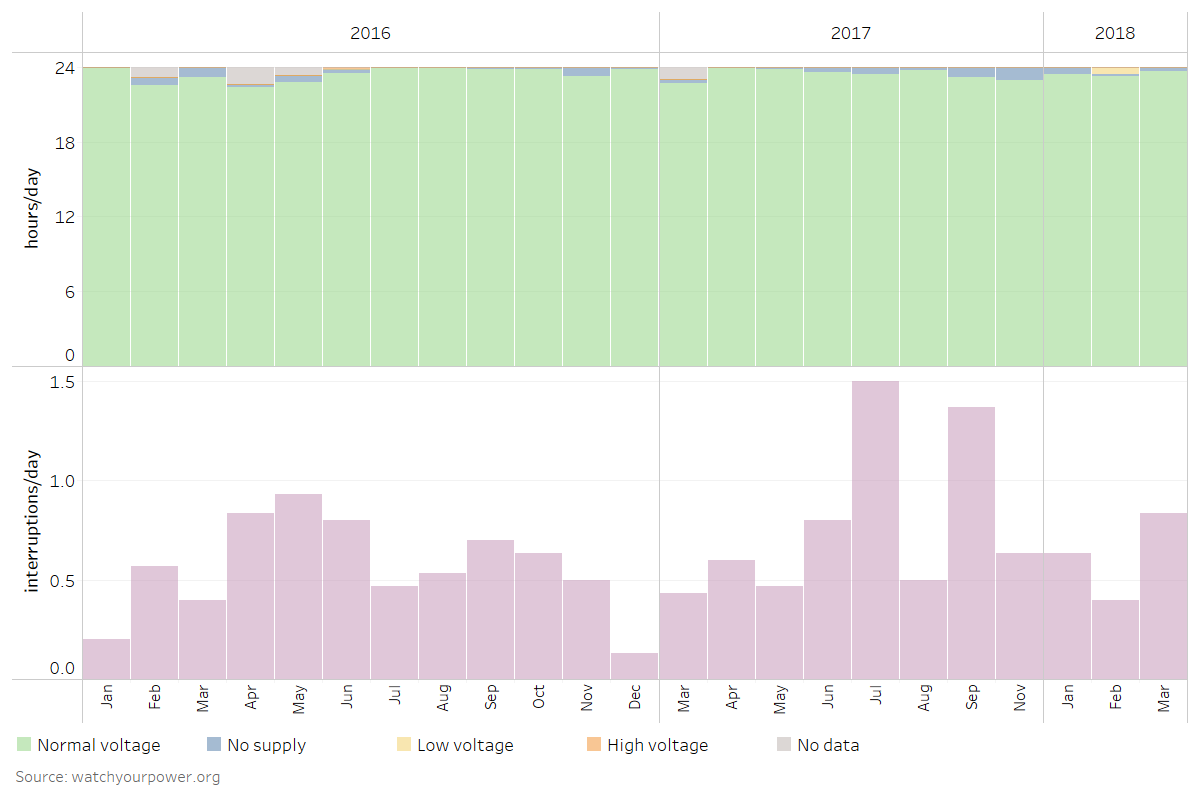
Figure 2: Quality of supply at MIDC Akola, Maharashtra
Thursday is a weekly outage day for Pune. All planned grid management work is typically performed on the said day of the week. Most industrial units have a weekly off on the same day. Data from another industrial unit in MIDC Bhosari, Maharashtra showed that although Thursday was designated to be a planned outage day on most occasions the outage did not last longer than an hour. This particular industrial unit used ESMI data from the area to confirm that outages on Thursday weren’t long enough to schedule a weekly off and hence shifted their typical weekly off from Thursday to Sunday. This helped the workers by allowing them to spend the weekly off with family on a Sunday and in turn helped the industry improve performance as vendors, suppliers, even accountants and other government offices remained accessible on Thursday instead of Sunday.
The following chart shows supply quality issues experienced at a village Nakre in Karnataka. Voltage supply variations have led to damage of several appliances at this location, including a couple of ESMI monitors. As the location is also far from a town, time required to fix issues has also been high. Due to repeated failure of devices and low mobile network connectivity we had to discontinue monitoring post 2018.
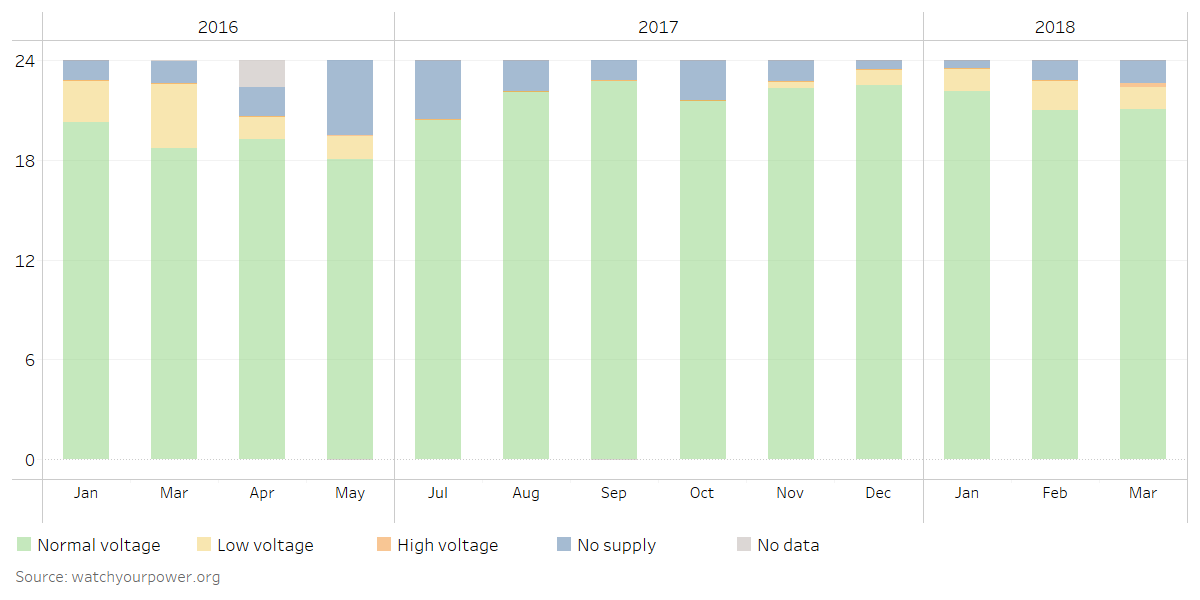
Figure 3: Quality of supply at Nakre, Karnataka
Finally, data from another town in Udaipur shows that voltage variations along with supply interruptions prevented this household from using heavy appliances. The location reported motor burnouts and instances of refrigerators, or TV sets damage from nearby households too.

Figure 4: Quality of supply at Panchavati, Udaipur
Ugly Supply Quality
Moving away further into rural areas or agricultural supply areas it is noticed that voltage fluctuations and occurrence of outages are large. This may act as a deterrent in allowing consumers to make meaningful use of the supply. At the same time ESMI data stresses the importance of continuous monitoring to show improvements or no improvements in supply. This is a very useful tool in power planning and improvements in the distribution grid. The below chart from Jamui town in Bihar shows that in the initial years the location experienced severe power supply outages as well as voltage variations. Over the years the situation of supply quality shows significant improvements with reduced low voltage hours as well as outage duration. The number of interruptions at this location were reduced as well.
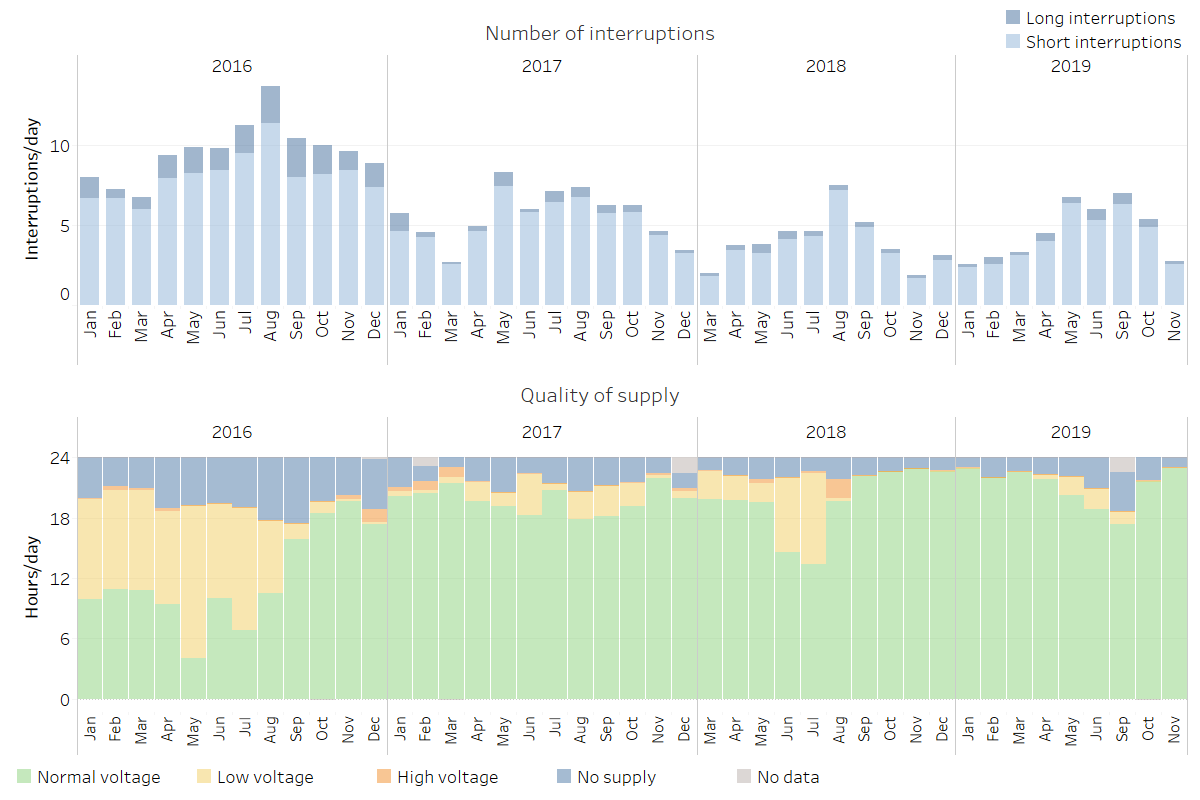
Figure 5: Quality of supply at Jamui town, Bihar
On the other hand, supply quality profile for an agricultural connection in Maharashtra shows that supply quality has degraded over time. The supply for agricultural connections is fixed at 8 hours per day in Maharashtra. However, the chart clearly shows that 8 hours of continuous supply is sparingly achieved. Such instances force consumers to use high cost diesel to run motor pumps or other agricultural equipment.
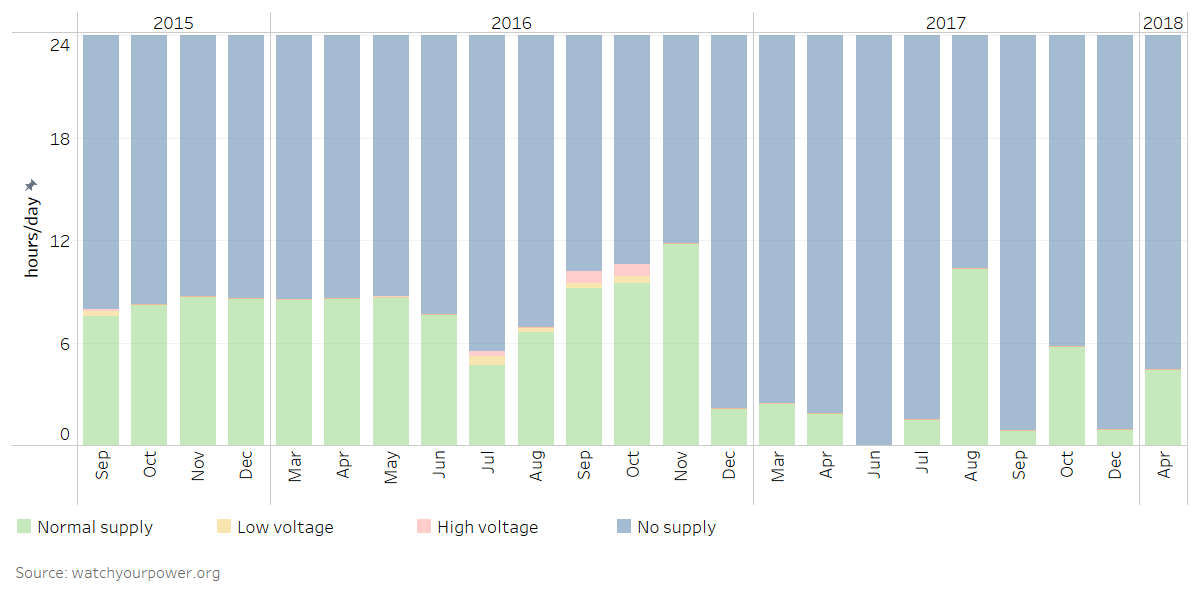
Figure 6: Quality of supply at Chandikapur, Maharashtra
These are some of the many case stories that ESMI has captured. They are helpful in showing the variations in supply quality experienced at different locations in the country. Some of these variations can be clearly attributed to power supply constraints however, most others appear to be distribution network issues. With limited monitoring capability it is certainly difficult to capture all these issues from across the country. ESMI has been able to provide a glimpse into this vast variation and stress the need to have a better monitoring mechanism to capture supply quality issues.
Contributors: Shweta Kulkarni, Abhiram Sahasrabudhe, Aditya Chunekar, Shantanu Dixit
Please contact Shweta Kulkarni (
Suggested Citation: Prayas (Energy Group), ‘ESMI Stories from Other parts of India’, part of blog-series on insights from monitoring quality of electricity supply at consumer locations in India under the ESMI, August 2021.
Please click here to read the other posts in this series.

